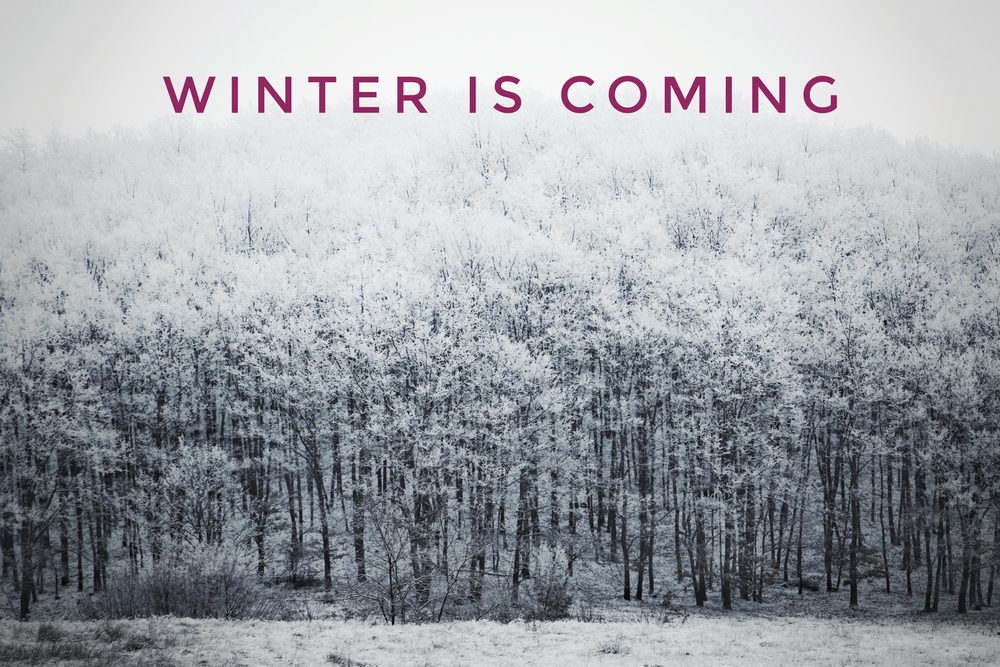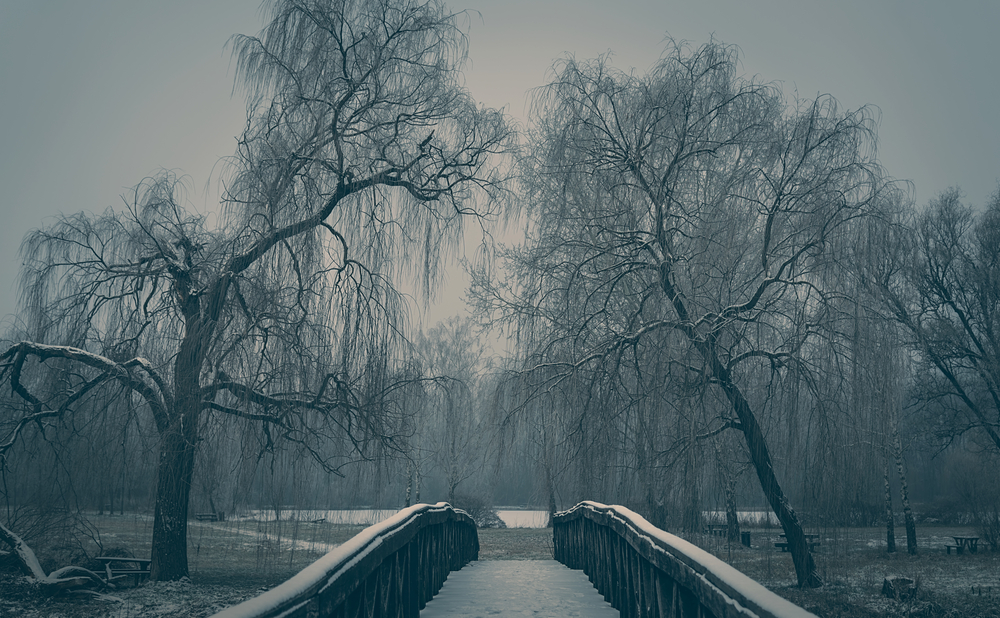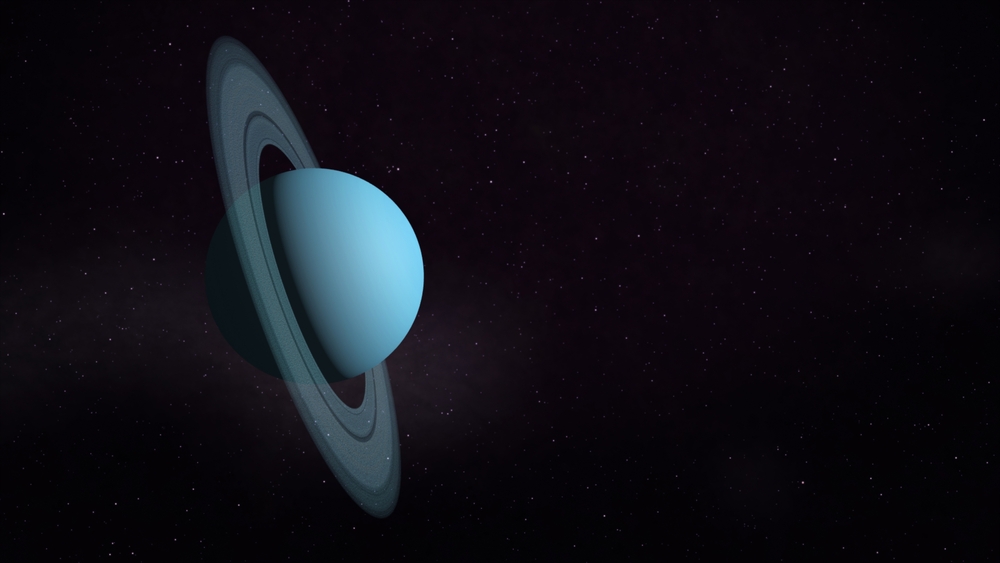The unusual length of the winters, as seen in Game of Thrones, could be due to the axial tilt and eccentricity of the planetary orbit.
With winds getting colder, the leaves getting crisper, the shivering and feverish soldiers… everything screams of its arrival. They can hear the howls of the wolves, the croaking of the ravens, the cries of the men, and the rising sound of the wind. As the nights get darker and the days get shorter, everyone dreads its coming, because with it comes Him.
He who has death in the eyes, frost in his heart, and a storm behind him.
The end is nigh; because winter is coming.

Welcome To Westeros, Where Winters Are Long
Game of Thrones has given us some chilly stories and powerful memories. From the saddening horrors of the Red Wedding to the heart-stopping battles of the great houses, there are so many stories and lives in Game of Thrones that we can easily get lost in the fantastical world of George R. R. Martin.

However, all the stories and lives converge to a single point at the end of the saga—the winter. Throughout the series, the Northmen (especially the Starks) have warned the world about the coming of winter, but most of the people living in the warmth and safety of the South chose to ignore the warnings and busied themselves with their games of power and thrones.
As shown in the series and described in the books, the winters, when they come to Westeros, are long and harsh. They reach beyond the forever snowy North, engulfing most of central Westeros. The winters rarely come to these warmer lands, but when they do, they last for a very long time.

So… why do the winters last long? Is it the Night King’s magic, or is there something more physical behind it?
Also Read: Midnight Sun And Polar Nights: What Are They And Why Do They Occur?
Why The Long Face Winter?
Even on Earth, we have seen changes in the seasons, and depending on the region, the extremities of these changes vary. These changes are often periodic. Surely the atmosphere of a planet affects the seasons, but it’s not the only major player in this.
Two of the most important factors that affect the seasons on a planet are the axial tilt of the planet, meaning how much a planet leans towards (or away from) the Sun, as well as the eccentricity of a planet’s orbit around the Sun, meaning how elliptical (or circular) the orbit of a planet happens to be.

To understand these qualities in more detail, let’s start with eccentricity. We all know what an ellipse looks like—an elongated circle. Most orbits of the planets in our solar system are elliptical. Eccentricity is the measure of the elongation of an ellipse.
If the eccentricity is high, then the orbit is more elongated, whereas if it’s low, the orbit resembles more of a traditional circle. (Click here to learn more about the eccentricity of planetary orbits)

If the eccentricity of the orbit of a planet is low, then it does not affect its seasons to a great extent (as is the case on Earth, where the orbit of Earth is very close to a circle). However, if the orbit of a planet is considerably elongated, then the huge variance in the distance between the planet and the Sun causes extreme seasonal changes.
All the planets tilt as they move around the Sun. We can imagine this as a toppling top. While orbiting around the Sun, there are times when the northern pole of a planet leans towards the Sun, and there are other times when the southern pole of a planet leans towards the Sun.
When the northern pole is tilted towards the Sun, it is summer in the northern hemisphere and winter in the southern hemisphere. These seasons are flipped when the southern pole is leaning towards the Sun.

With these facts in mind, we can apply them to the geography of Westeros. Since the winters come rarely and last for a long time, we can assume that the tilting of the planet on which Westeros lies must be quite slow. The whole time the pole is leaning towards the Sun, there is summer (or at least quite warm weather) in Westeros.
The winters start coming when the pole begins tilting away from the Sun, and they become most evident once the pole is leaning completely away from the Sun. Just as the pole leans towards the Sun for a long time, it leans away for a comparable time span as well. This is the reason why winters last so long in Westeros.
Also Read: What Causes Seasons On Earth?
What Are Some Other Interesting Seasonal Changes Within Our Solar System?
We don’t have to go to a completely imaginary planet from the fantasy realm to experience these extreme seasonal changes either. Frankly, our little family in the solar system consists of some rather extreme characters. On Mercury, one can see the Sun rise, set, and then rise again in less than 24 hours!
Mars has such a high eccentricity that it causes massive dust storms in the summer. Although Neptune doesn’t go through many seasonal changes, its seasons last for around 40 years! Now that is a seasonal length that seems fitting for the realm of Westeros!
And Uranus? It’s basically revolving sideways, as its axial tilt is 98o!

Conclusion
The winters in Game of Thrones are likely so long and rare because of the axial tilt of the planet where the story takes place. We saw that two very important qualities of the planetary orbits—axial tilt and eccentricity—have a great impact on the seasons of a planet and how these changes are evident in our cosmic neighbors!
How well do you understand the article above!

References (click to expand)
- Interplanetary Seasons | Science Mission Directorate. The National Aeronautics and Space Administration
- Solar System Exploration: Science & Technology - NASA. The National Aeronautics and Space Administration
- ESA - Seasons on other planets - European Space Agency. The European Space Agency
- Planetary orbits - Richard Fitzpatrick. The University of Texas at Austin
